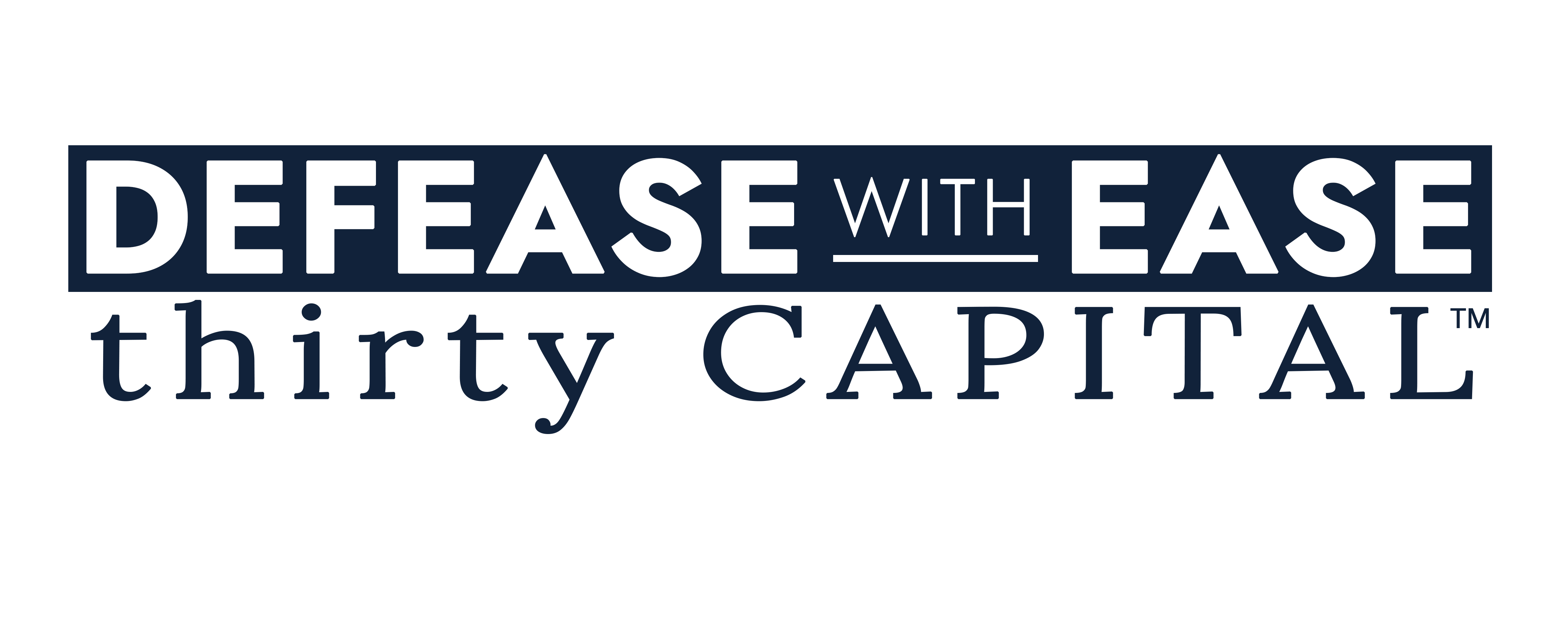Smart debt management is no longer just a capital source in commercial real estate (CRE)—it’s a strategic asset. As market cycles compress, interest rate regimes shift, and liquidity tightens, owners and operators must evolve how they think about debt. Legacy tactics like “set-it-and-forget-it” refinancing and occasional loan reviews leave too much on the table.
In 2025, smart debt management means using technology not just to monitor liabilities, but to proactively structure, optimize, and hedge them. Artificial intelligence (AI), particularly purpose-built platforms like Lobby AI, is transforming how borrowers manage risk, seize opportunity, and plan for the next market turn.
Here’s how.
Why CRE Debt Strategy Needs a Rethink
Over the last 24 months, CRE borrowers have faced a volatile environment marked by interest rate shocks, widening spreads, lender retrenchment, and tighter underwriting standards. According to Trepp, more than $650 billion in CRE debt is set to mature through 2027, much of it under terms that no longer match today’s market realities.
This landscape is pushing sponsors and operators to rethink their approach to capital management—evaluating refinancing options more proactively, optimizing prepayment and hedging strategies, and carefully weighing recapitalization choices like raising preferred equity or selling assets.
In the past, navigating these challenges meant juggling complex spreadsheets, market data feeds, and endless back-and-forth with advisors. Today, AI platforms transform that process—delivering instant, data-driven insights directly from your portfolio.
How AI Changes Debt Management
Here’s how cutting-edge technology is reshaping every aspect of managing CRE debt—making it faster, smarter, and more strategic.
1. Portfolio-Wide Visibility in Seconds
Instead of hunting through spreadsheets, AI tools can ingest your loan schedule, debt terms, property-level financials, and amortization data to give you a real-time view of:
- Maturity walls (by quarter, asset class, or geography)
- Debt service coverage ratios (DSCR) and loan-to-value (LTV) ratios across the portfolio
- Refinance eligibility based on current underwriting trends
- Stress-tested performance under different rate environments
This goes beyond traditional dashboards. It’s live, query-based analysis that delivers targeted insights in seconds. Ask: “Which of my loans will fall below a 1.25 DSCR in the next 12 months?” And get a structured, intelligent answer.
2. Refinance Planning Made Easy
The most critical question for many CRE leaders today is: What’s my best refinancing path?
AI can evaluate:
- Existing loan terms (rate, prepay penalties, maturity)
- Market comps (spread trends, lender appetite)
- Property performance (NOI, vacancy, CapEx needs)
- Exit strategy (hold vs. sell)
It can also simulate refinance scenarios under different assumptions—helping you choose the optimal time and structure for execution.
3. Proactive Hedging Strategy
Floating-rate borrowers are increasingly looking to hedge—but cap pricing, strike selection, and counterparty terms can be confusing.
AI can analyze your floating-rate exposure and:
- Recommend cap purchases based on risk tolerance
- Simulate the cost of short-dated vs. long-dated caps
- Flag when a re-hedge window is approaching
- Calculate breakeven rates for different structures
This allows borrowers to stop reacting to rate changes and start planning hedges that align with portfolio strategy.
4. Loan Restructuring & Partial Defeasance
Borrowers are increasingly pursuing partial releases, loan mods, and defeasance to navigate cross-collateralized pools and liquidity events.
AI can support this by:
- Identifying loans where partial defeasance could improve remaining DSCR / LTV
- Calculating the economics of a partial paydown vs. full refinance
- Analyzing release provisions in loan docs (if structured data is available)
- Providing scenario models for different payoff paths
This empowers sponsors to pursue creative capital stack restructuring without waiting for maturity or being forced into unfavorable exits.
5. Better Reporting, Faster Decisions
Beyond the analysis itself, AI accelerates communication. Debt strategy is never just numbers—it’s investor letters, investment committee memos, and lender updates.
AI platforms can:
- Draft narrative summaries of debt portfolio status
- Generate investor-ready SREOs (Schedule of Real Estate Owned)
- Create side-by-side comparisons of refinance vs. recap paths
- Package insights in clear, exportable formats for lenders or LPs
This closes the loop between data, insight, and decision-making—without analyst bottlenecks or delayed deliverables.
Why AI Is Now the Standard—Not the Experiment
In 2023, AI was an experiment for many CRE leaders. In 2025, it’s becoming a baseline expectation.
Borrowers who use AI-driven insights:
- Respond faster to market shifts
- Reduce debt service costs through proactive timing
- Communicate more effectively with partners and lenders
- Avoid surprises and covenant breaches
- Align their capital structure with business strategy—not just lender availability
It’s not about replacing team members, it’s about enabling faster, better-informed decisions with fewer resources.
Final Thought: Smart Debt = Strategic Advantage
Debt is no longer just a line item on the balance sheet, it’s a powerful lever for driving performance, managing risk, and fueling strategic growth. Unlocking this potential requires real-time analysis, precise forecasting, and agile capital planning. AI platforms like Lobby AI put that power directly in the hands of CRE firms, transforming what’s possible in modern real estate finance.
See what your data has been trying to tell you. Book your Lobby AI demo today.
 Lobby AI — the ChatGPT for CRE — is here. Instantly turn your data into decisions and accelerate insights from weeks to seconds.
Lobby AI — the ChatGPT for CRE — is here. Instantly turn your data into decisions and accelerate insights from weeks to seconds. 


